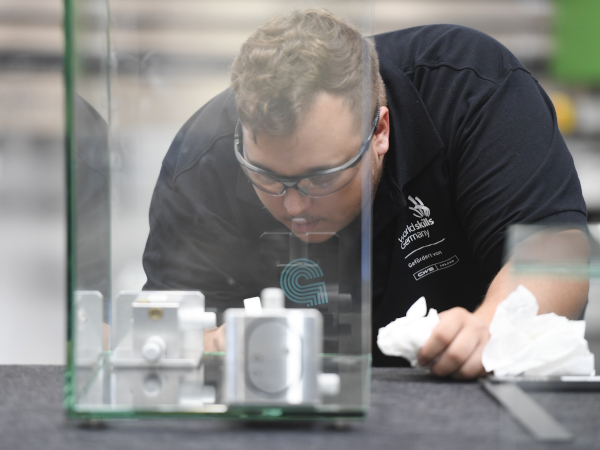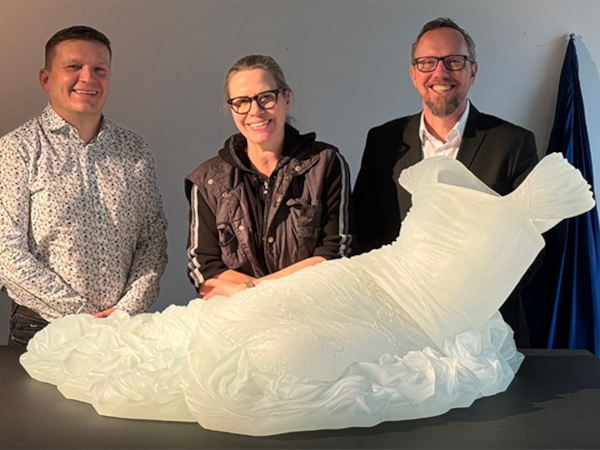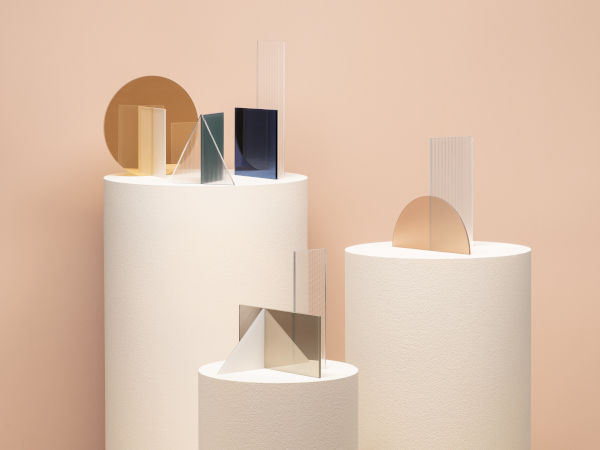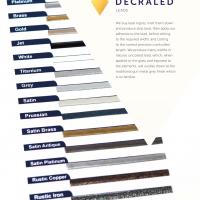Date: 2 April 2007
The pieces were manufactured over a fairly short period and tarnished easily, said Frank Herendeen, president of the Glass Museum board of directors.
Mercury glass, also known as silvered glass, was first made in the 1840s. It was patented in England in 1849 and in the U.S. in 1855, according to research compiled by museum officials. The English pieces were sometimes marked E. Varnish & Co. or F. Hale Thomson, while the American counterparts were sometimes branded with a New England Glass mark. The popularity of mercury glass peaked in 1885.
The glass items were double-walled with a coating of silver coloring poured in between the layers. The glass was called "poor man's silver" because it appeared to be the real thing but was much cheaper, Herendeen said. Mercury glass also was a good deal lighter than actual metal. The silvered glass was used during the 19th century for such items as church candlesticks.
Read the entire news on the source link below.









Add new comment